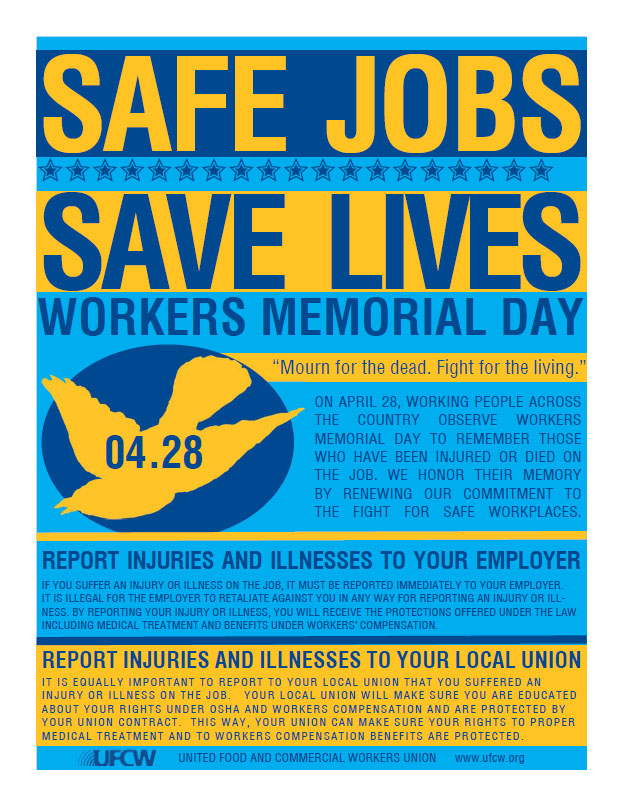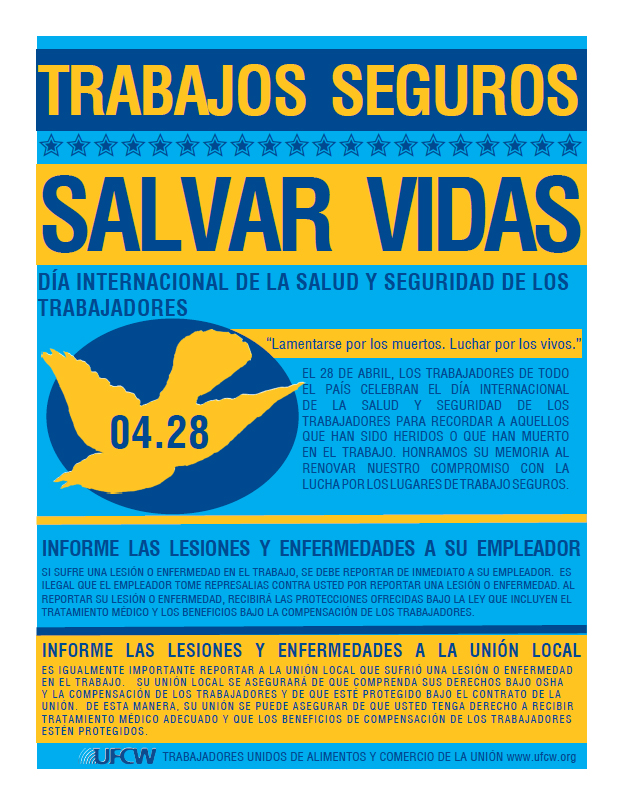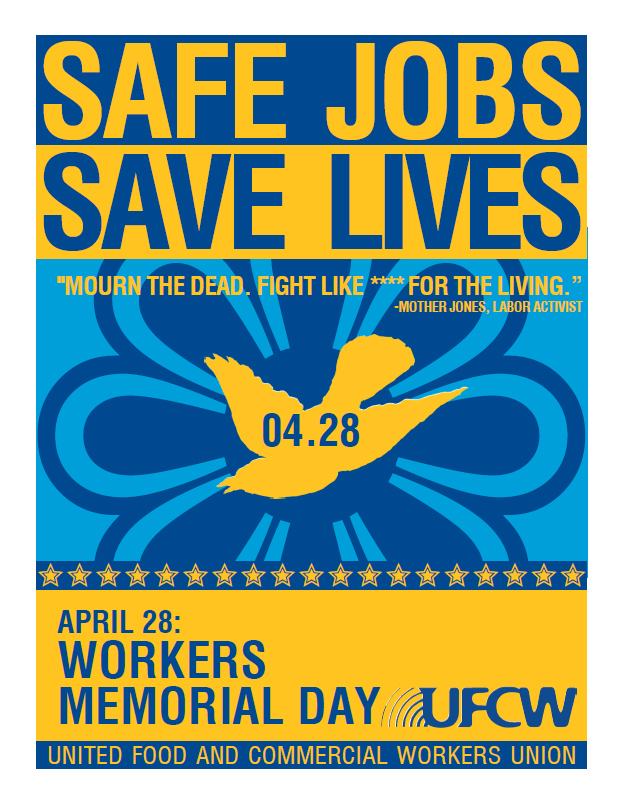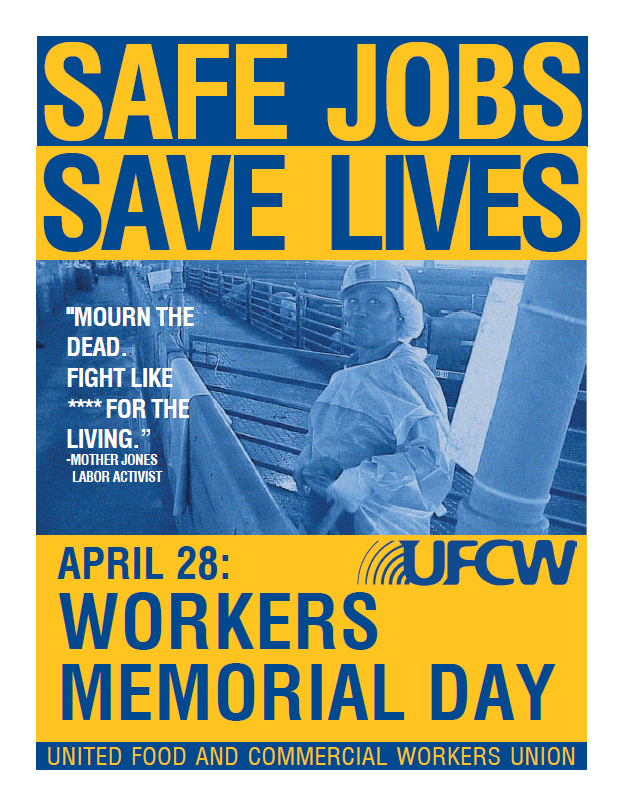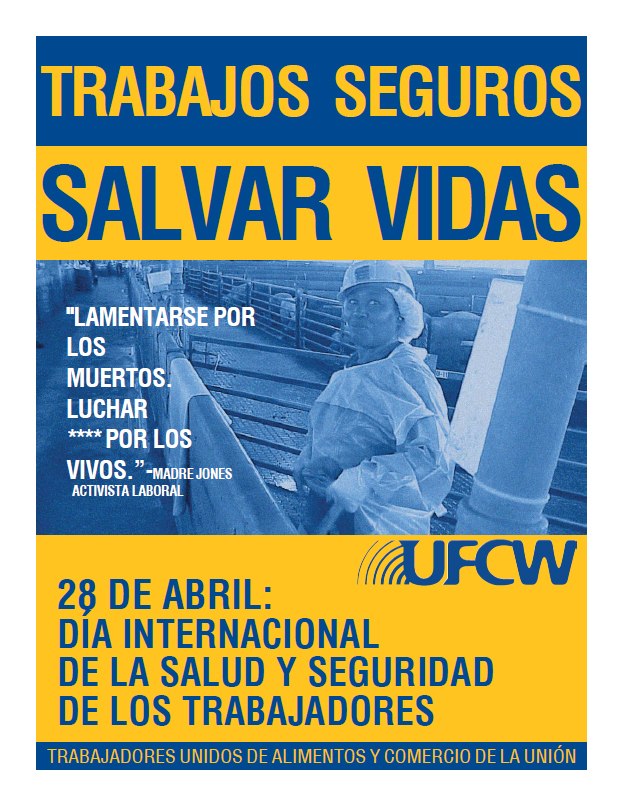This Sunday, April 28th is Worker Memorial Day, in which we take time to remember and honor those who have lost their lives on the job. With the tragedies of the past two weeks fresh on our minds, this year’s Worker Memorial Day is particularly somber and offers us a chance to rededicate ourselves to the fight for safer workplaces.
Last week, in West, Texas, a fertilizer plant exploded, killing at least 15 workers and emergency responders. The amount of deadly chemicals stored at the plant was thousands of times beyond the mandated limit, and inspections of the factory had not been performed in several years.
This week, news of a collapsed garment factory in Bangladesh that has killed at least 300 workers saddened us all. Reports that cracks in the building’s foundation found yesterday were ignored and that management still forced employees to come to work are alarming. This incident comes only months after more than 100 workers perished at another Bangladesh garment factory, when a fire broke out and locked doors (done by management) trapped workers inside.
Workers at a Nicaraguan Walmart supplier were recently physically attacked by a paid mob when they protested about being fired for trying to organize for a voice on the job.
It’s time that companies stopped putting workers’ lives at risk in order to make a profit. The working people who make corporations successful deserve basic human rights, and deserve safe working environments.
Take a moment to remember the victims of workplace fatalities, and help us continue to fight for worker safety. If you have a story of a friend or loved one lost or injured on the job that you would like to share, please send us a message on our Facebook page.
2013 Worker Memorial Day Break Room Flyers
